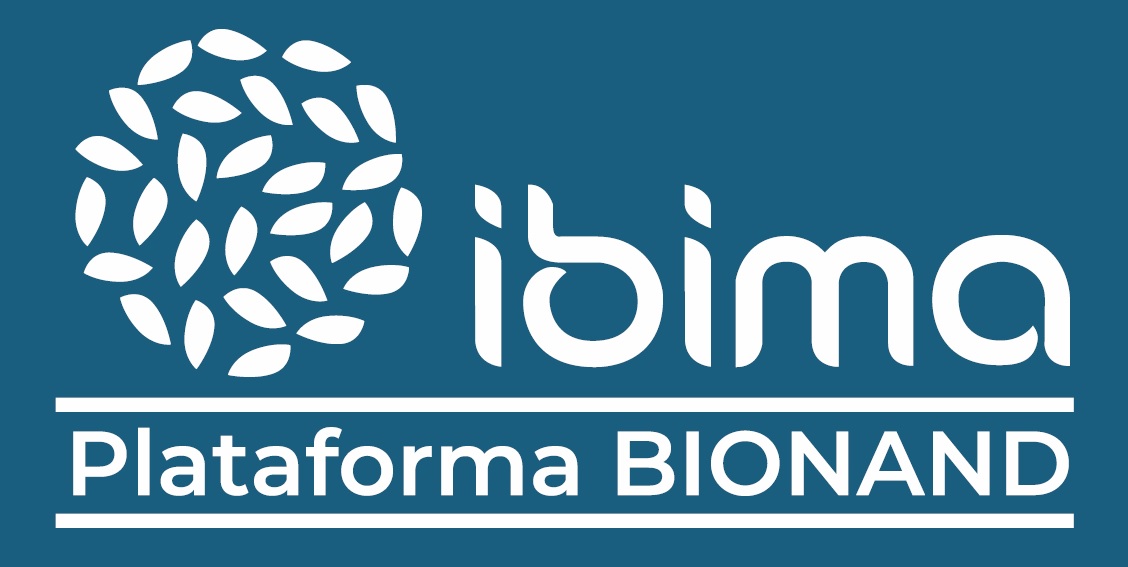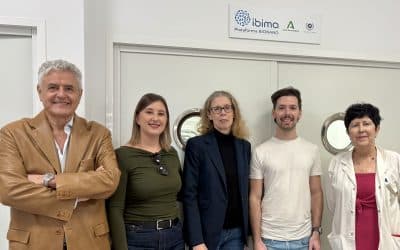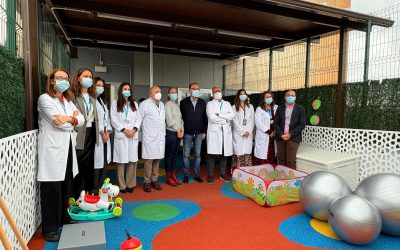- Novel drug in rats reduces fat accumulation and inflammation in the liver
- This type of pathology is directly linked to obesity or type 2 diabetes, with a notable increase in its incidence in recent years
A team of professionals from the Malaga Biomedical Research Institute and Nanomedicine Platform (IBIMA Plataforma BIONAND) and the University of Malaga (UMA) have presented a new scientific study on the mechanisms of coronary artery formation, with potential therapeutic implications for heart diseases such as myocardial infarction.
La investigación, liderada por la investigadora sénior del grupo ‘Desarrollo y Enfermedad Cardiovascular’ del Instituto y de la UMA, la Dra. Elena Cano, se centra en comprender cómo las células endoteliales del corazón se organizan y especializan para formar una red vascular funcional. Utilizando técnicas avanzadas de transcriptómica de una sola célula y de trazado de linaje, el equipo ha identificado una población de células especializadas, conocidas como «células prearteriales», que juegan un papel crucial en la formación de arterias coronarias desde el desarrollo embrionario hasta la adultez.
Pre-arterial cells are highly migratory and metabolically active cells that, during the remodelling process of the heart's vascular network, give rise to coronary arteries. This new study reveals that the specification of pre-arterial cells occurs during the so-called angiogenesis process, very early in the embryo. The angiogenesis process, which is the formation of new blood vessels from pre-existing ones, involves cells at the front of the new vessel, known as tip cells, which guide the direction of vascular growth. The work of Dr Cano and her team has found that the cells that form the coronary arteries were previously tip cells. Thus, it shows that the position of the endothelial cell at the front of a vessel's growth determines its subsequent fate.
The team's work has revealed that pre-arterial cells not only contribute to the formation of arteries during development, but are also reactivated in response to cardiac injury, which could open up new avenues for regenerative treatments in patients with heart disease.
On the genesis of coronary arteries and the fundamental role they play after a patient suffers a myocardial infarction, Dr. Cano said that ‘understanding how coronary arteries are formed and organised is fundamental to develop new therapeutic strategies that can restore blood flow in hearts damaged by an infarction’. She also stressed that ‘the results of this study suggest that pre-arterial cells have a conserved role throughout life and that their activation may be key in the heart's response to ischaemic injury’.
On the other hand, Elena Cano has pointed out that ‘the combination of our capabilities in cell biology and genetics, together with the collaboration of different centres with which we have worked, allows us to advance in the understanding of cardiovascular diseases and in the development of more effective therapies’. The Institute's research group is coordinated by Professor Holger Gerhardt, leader of the Integrative Vascular Biology group at the Max-Delbrück-Center for Molecular Medicine in Berlin.
Finally, the group of scientists who have led this study have pointed out that these mechanisms not only have implications for the treatment of heart disease, but also provide a solid basis for future research in this line of integrated research in regenerative therapy and angiogenesis.
Reference:
Cano E, Schwarzkopf J, Kanda M, Lindberg EL, Hollfinger I, Pogontke C, Braeuning C, Fischer C, Hübner N, Gerhardt H. Intramyocardial Sprouting Tip Cells Specify Coronary Arterialization. Circ Res. 2024 Aug 2. doi: 10.1161/CIRCRESAHA.124.324868. Epub ahead of print. PMID: 39092506.
Raúl J. Andrade Bellido, es Investigador Responsable del grupo consolidado ‘Hepatogastroenterología, Farmacología y Terapéutica Clínica Traslacional’ de IBIMA Plataforma BIONAND, Catedrático y Director del Departamento de Medicina en la Facultad de Medicina de la Universidad de Málaga, Jefe de Servicio Aparato Digestivo del Hospital Universitario Virgen de la Victoria en Málaga. Además, es el Responsable del Grupo Español de Hepatopatias asociadas a medicamentos (Spanish DILI Registry), el Coordinador de la Red Ibero-Americana de Hepatopatías asociadas a medicamentos (SLATINDILI) y también del Registro europeo de Hepatopatías asociadas a Medicamentos (Pro-Euro DILI Registry). Chair de la COST Action CA17112 – Prospective European Drug-Induced Liver Injury Network (PRO-EURO DILI NET) y del EASL DHILI Consortium. Horizonte2020. Framework Programme (European Union).



